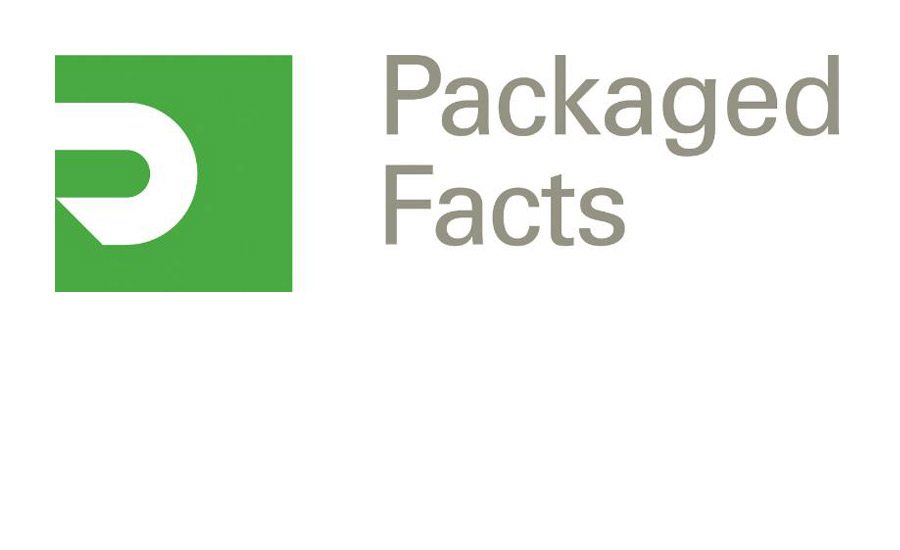As summer temperatures steadily rise, staying properly hydrated amidst the humidity is something of an art form. With an increasing number of consumers already rejecting carbonated soft drinks for health reasons—combined with the dehydrating effects sugary beverages can potentially have on the body—its seems the temperature's just right for the bottled water market to thrive.
Indeed the market for bottled water has a promising future. Many beverage industry analysts and marketers are convinced that the bottled water category will soon become the dominant non-alcoholic beverage. Health and wellness concerns, the fitness fad and the perennial struggle of many consumers with overweight and obesity have combined to make bottled water the zero-calorie/ultra-low calorie beverage of choice for growing millions of Americans, according to market research publisher Packaged Facts in the report, Bottled Water in the U.S.
However, the market for bottled water is also being roiled by a number of disruptive forces, even in the midst of this generally upbeat view of the bottled water category. For one thing, as supermarkets stock their shelves with loss-leading cases of plain bottled water, simply competing on the basis of volume and price no longer seems to make sense to marketers of major brands. Plain bottled water also faces determined resistance from consumers who rationalize their lack of enthusiasm by asserting that it "just has no flavor."
To entice consumers to pay a premium for bottled water and thus add value and boost profits in their bottled water businesses, marketers are rushing to launch new bottled water products with bold colors, exotic flavoring and fashion-forward packaging. They are also hurrying to bring to market a wider range of water enhancers, a category that did not even exist until 2011 when Kraft Foods launched its phenomenally successful MiO brand. Packaged in small, convenient, portable, squeezable egg-shaped containers, water enhancers allow users to customize the intensity of the flavoring in otherwise plain water. Water enhancers are especially geared toward meeting the expectations of Millennials, who have grown up accustomed to getting what they want the way they want it and when they want it.
Water enhancers have the potential to make a significant impact on sales of bottled water. According to a marketing executive with the DASANI brand, around 20% of households buying bottled water also buy liquid water enhancers. Packaged Facts' April/May 2014 consumer survey found that 35% of respondents who had purchased bottled water in the past four weeks also bought a water enhancer such as MiO, Dasani Drops, Powerade Zero Drops, Aquafina FlavorSplash, Crystal Light Liquid or Minute Maid Drops. As liquid water enhancers multiply in terms of numbers and innovative characteristics, they are likely to play a major role in shoring up the bottom lines of major beverage marketers.
Bottled Water in the U.S. highlights the challenges facing marketers of bottled water and analyzes their strategic responses in an increasingly hostile competitive landscape. The report also highlights trends shaping the market for bottled water; provides an estimate of U.S. retail sales of bottled still and sparkling waters, in addition to a projection of U.S. retail sales through 2018; identifies marketing and new product trends; and provides an in-depth look at today's consumers of bottled water.
For more information or to purchase the report…
U.S. Bottled Water Market Report
Many beverage industry analysts and marketers are convinced that the bottled water category will soon become the dominant non-alcoholic beverage
